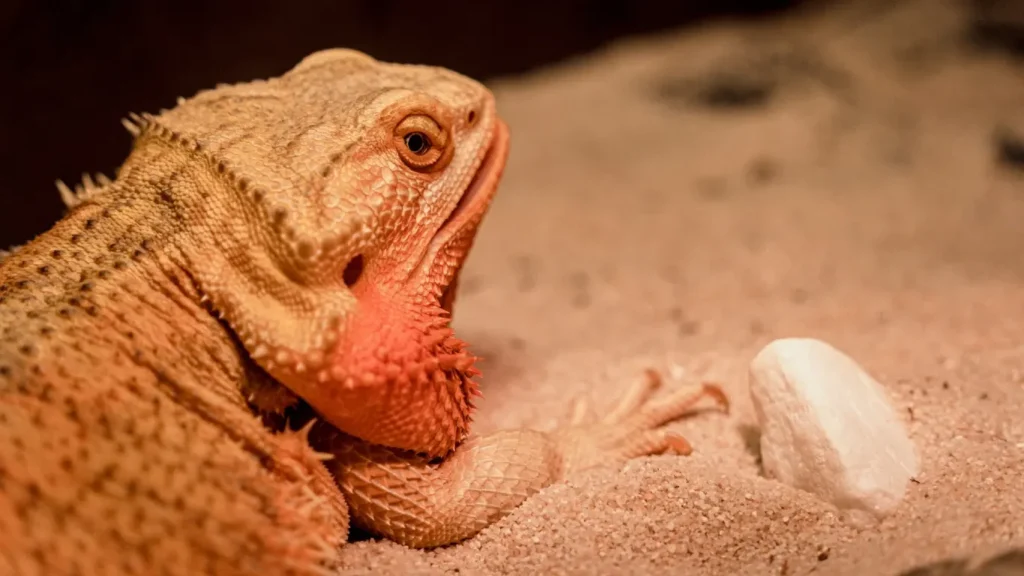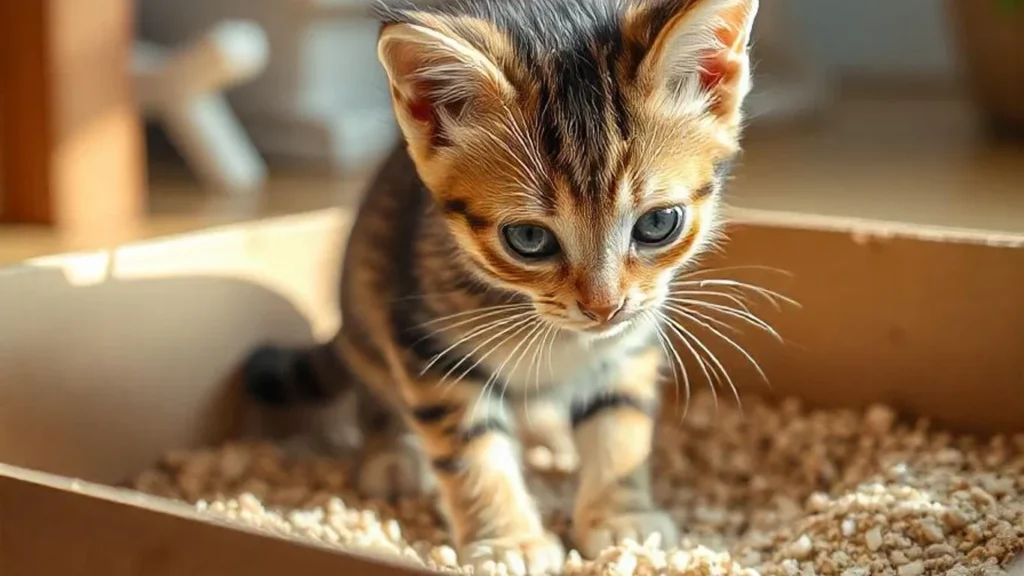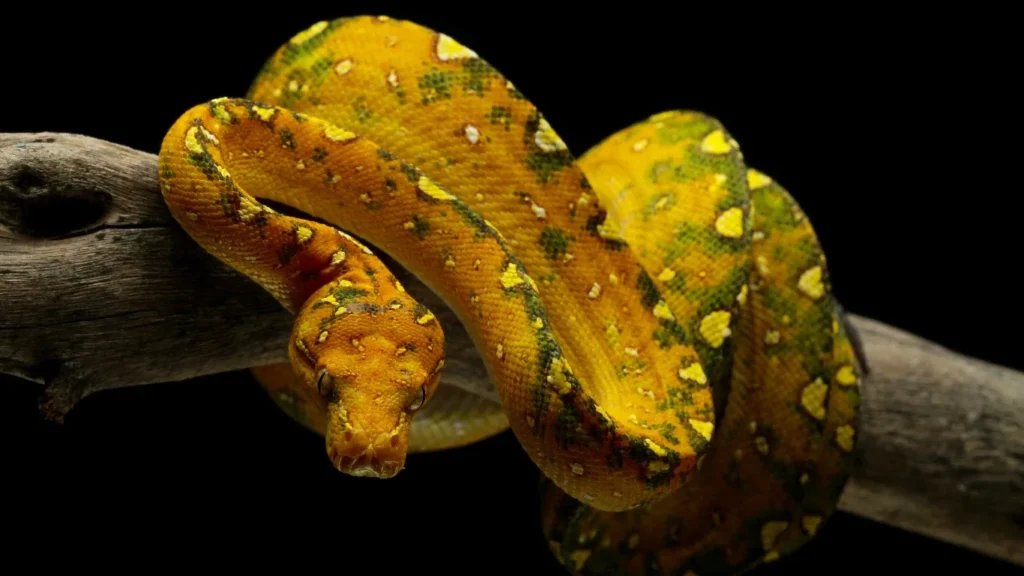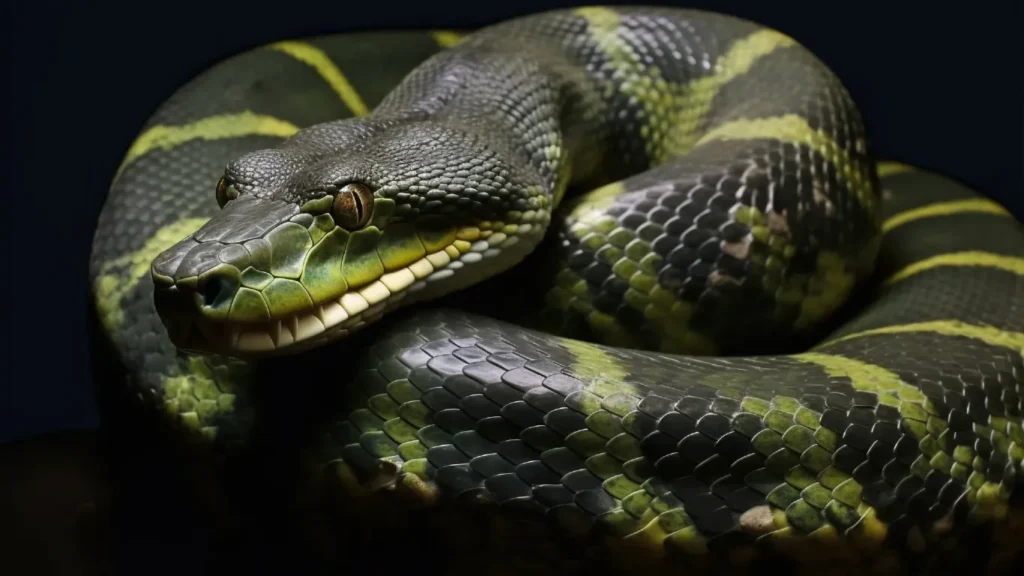
How Do You Care For A Bearded Dragon?
The bearded dragon (Pogona vitticeps) has become a cherished reptile pet, captivating hearts with its comical demeanor and endearing “beard” puff. But before welcoming this charismatic lizard into your home, understanding its proper care is crucial. This comprehensive care guide for bearded dragons equips you with the knowledge to provide your spiky friend with a happy and healthy life.
Creating a Bearded Dragon Oasis: The Terrarium
Your bearded dragon’s primary habitat is its terrarium, so creating the perfect environment is paramount. Here’s what you need to consider:
- Size: Adult bearded dragons require a spacious terrarium, ideally 4′ x 2′ x 2′ (120cm x 60cm x 60cm). This allows them ample space to roam, thermoregulate, and exercise.
- Substrate: Loose substrates like ReptiTerrain are popular choices. However, they pose a risk of impaction if ingested. Consider paper towels, tile, or a bioactive substrate for a safer alternative.
- Heating: Bearded dragons are cold-blooded reptiles and require a basking area with temperatures reaching 100-105°F (38-41°C). A gradient within the terrarium allows them to thermoregulate by moving between warm and cool zones. Utilize a thermostat to ensure precise temperature control. Heating options include overhead basking lamps, heat mats, or a combination of both.
- UVB Lighting: Bearded dragons require UVB lighting that replicates the natural sunlight spectrum. This is essential for calcium absorption and overall health. Choose a UVB bulb with a 10.0 UVB rating and position it strategically within the basking area. Replace the bulb every 6 months as its effectiveness diminishes over time.
- Lighting Schedule: Mimic a natural day/night cycle with 12-14 hours of light and 10-12 hours of darkness. Utilize timers to ensure consistent lighting schedules.
- Hides: Provide hides of varying sizes to allow your bearded dragon to feel secure. They should be placed on both the warm and cool sides of the terrarium.
- Decor: Climbing branches, rocks, and hammocks enrich the environment and encourage natural behaviors. Ensure all decorations are sturdy and secure to prevent injuries.
Maintaining a Healthy Habitat:
- Cleaning: Spot clean the terrarium daily and perform a thorough cleaning every 1-2 weeks. Remove waste and uneaten food promptly. Disinfect the terrarium with a reptile-safe disinfectant and ensure everything is completely dry before returning your bearded dragon.
- Humidity: Bearded dragons thrive in arid environments with low humidity levels (around 30-40%). Excessive humidity can contribute to respiratory problems. Monitor humidity levels with a hygrometer and provide occasional misting if necessary.
Bearded Dragon Diet: Fueling a Spiky Friend
Bearded dragons are omnivores, requiring a balanced diet of insects and vegetables. Here’s a breakdown of their dietary needs:
- Insects: Make up the bulk of a bearded dragon’s diet for the first year, gradually decreasing as they mature. Crickets, dubia roaches, and mealworms are excellent choices. Ensure the insects are no larger than the width of your bearded dragon’s eye to prevent choking.
- Vegetables: Offer a variety of chopped vegetables like leafy greens (collard greens, dandelion greens), carrots, bell peppers, and butternut squash. Dust vegetables with a calcium supplement with D3 a few times a week to ensure proper calcium absorption.
- Fruits: Fruits can be offered as occasional treats due to their high sugar content. Berries and melons are good options.
Fresh, clean water should always be available in a shallow dish.
Important Note: Research feeder insects thoroughly to ensure they are gut-loaded (fed nutritious food) before feeding them to your bearded dragon. This ensures your bearded dragon receives essential vitamins and minerals.
Bearded Dragon Health and Handling
Regular veterinary checkups are crucial for monitoring your bearded dragon’s health. Look for signs of illness like lethargy, loss of appetite, unusual weight loss, or respiratory problems. Early detection and treatment are essential for ensuring your bearded dragon’s well-being.
Handling: Bearded dragons can be handled with proper care. Wash your hands thoroughly before and after handling. Support their body weight fully and avoid grabbing them by the tail. Allow them to adjust to their surroundings before initiating interaction.



